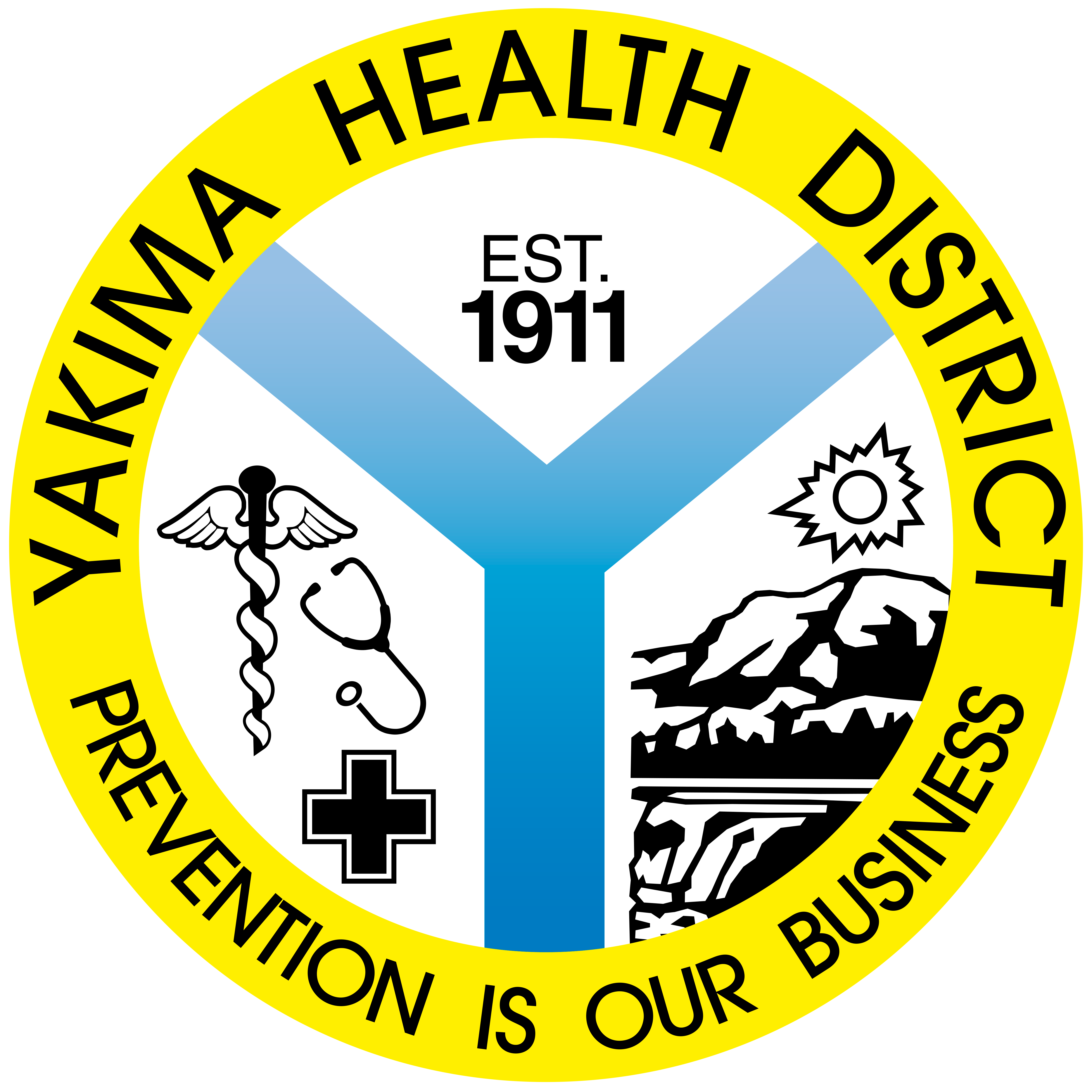-
11/20/25 Provider Alert: Case of H5N5 Influenza Confirmed in Washington
Current Situation On November 13, 2025, a Washington resident who has been hospitalized with respiratory illness symptoms since early November tested positive for influenza A H5, a type of avian influenza. Subsequent sequencing confirmed the patient was infected with H5N5 influenza virus. To our knowledge, this is the first known human case of H5N5. The…

